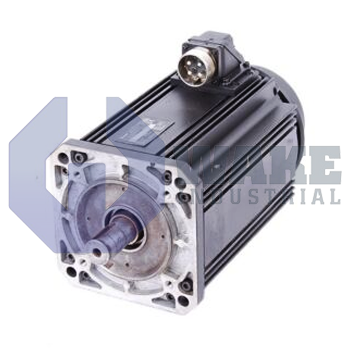Product Description
The Rexroth Bosch's 2AD132C-B05RB1-BS03 work on the basis of the electromagnetic induction principle. Synchronous motors have the rotor designed to move in phase with the stator field. The operation of asynchronous motors depends on a slight speed disparity or "slip," between the rotor and the field generated by the stator. When AC power is introduced, it creates an alternating magnetic field in the stator which creates an electric current within the rotor. This induced current gives rise to the development of a new magnetic field which interacts with the rotor and supplies the needed torque. Thus, a differential speed between the rotor and the stator's magnetic field makes it quite effective for industrial applications.
Axial blowers play a vital role in cooling asynchronous motors, particularly in high-performance industrial applications. Axial blowers are different from the radial blower that emits air in all directions; axial blowers emit the air in line with the motor shaft, parallel to the motor. This blowing action gives constant cooling to those parts that are critical to the motor working, and heat is easily drawn using the blower. This cooling method is a major reason to conserve heat, provide a favorable working temperature, and increase the lifespan of the motor. Axial blowers work to cool the motor by increasing output and preventing variations arising from varying loads.
The main objective of using asynchronous motors is that they are simple and offer high reliability for industrial uses. Some applications include conveyors, pumps, air conditioning equipment, engines, and fans, where the steady speed of the motor is essential. They are designed to be robust and are appropriate for use within industries like the mining, manufacturing and construction industries.


 Wake Industrial Warranty
Wake Industrial Warranty













